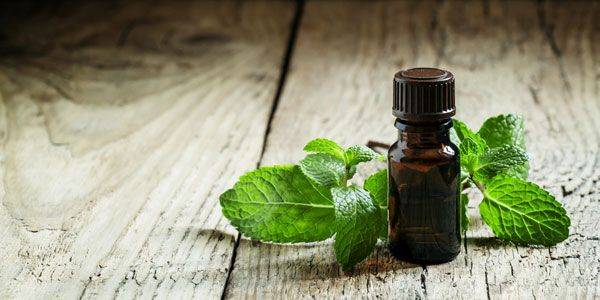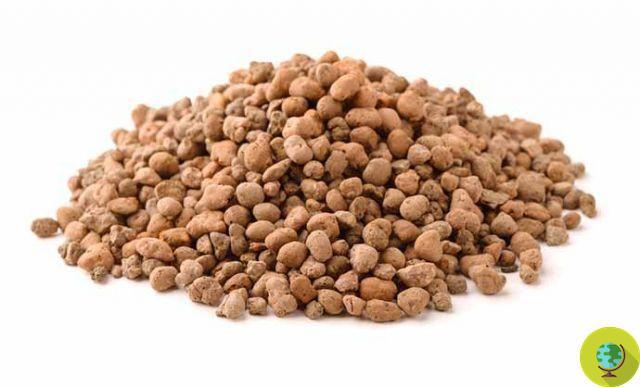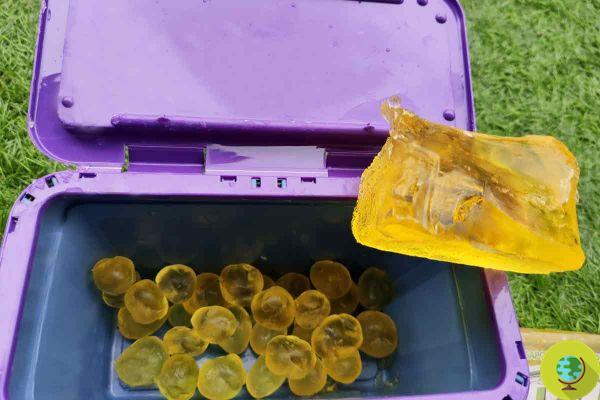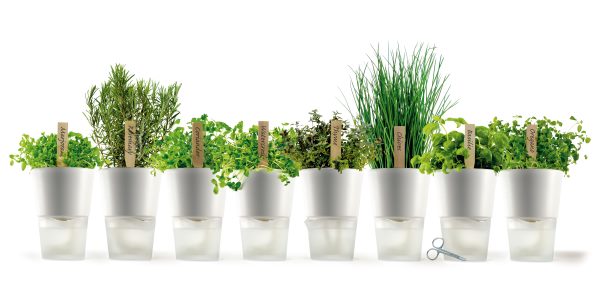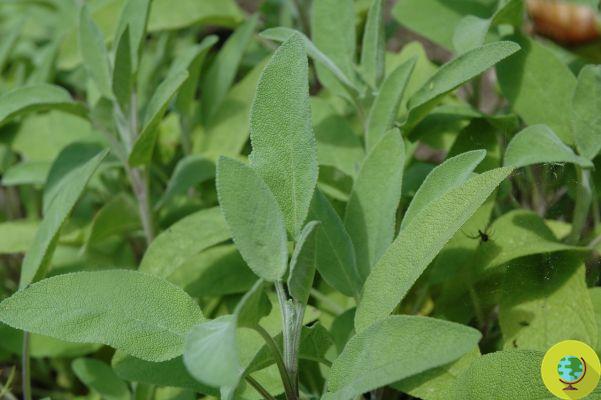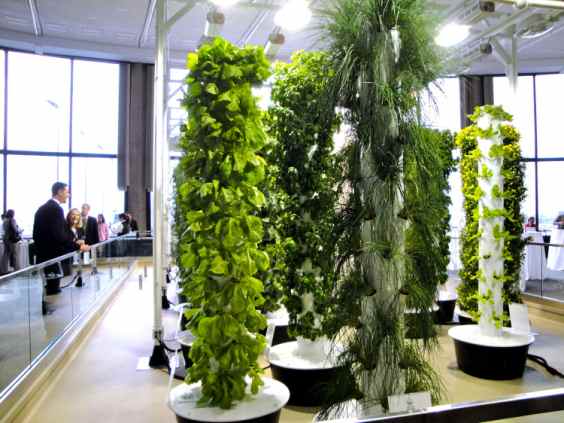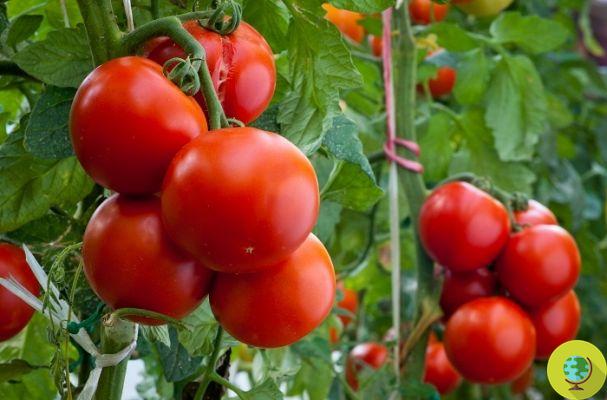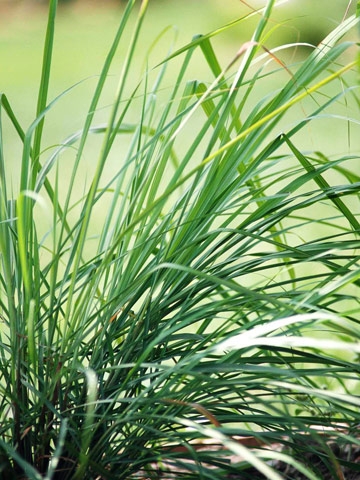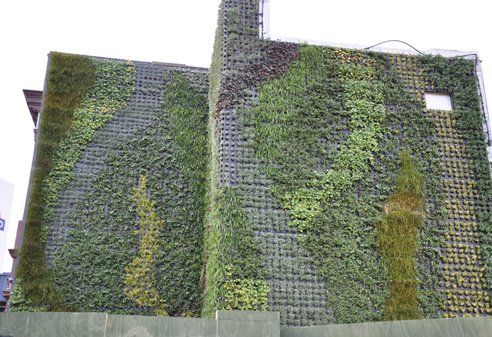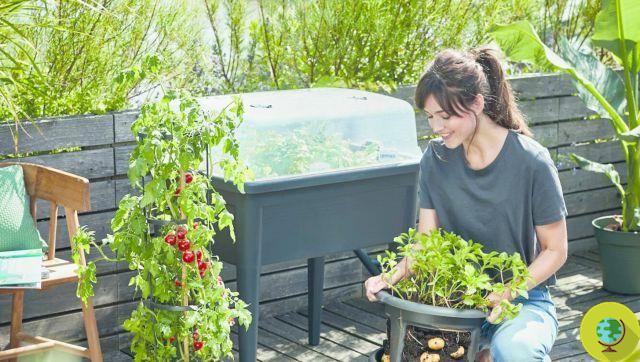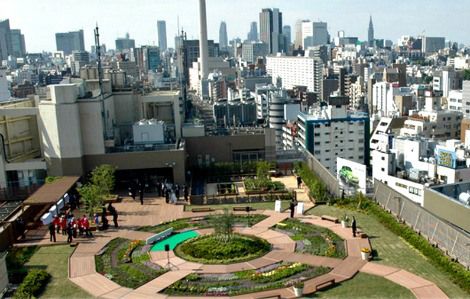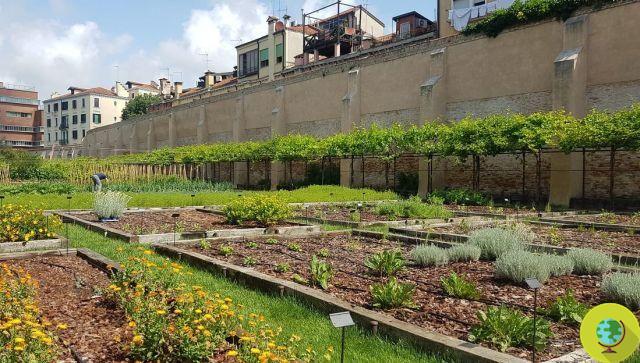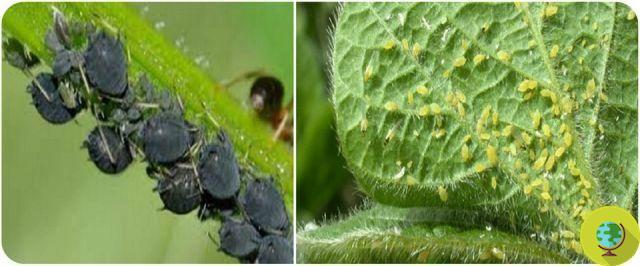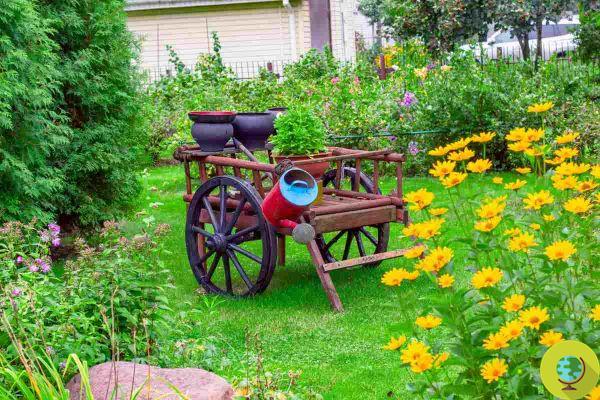
Here are some tips to make your gravel garden a welcoming habitat for some species of plants and animals
He is about to end up run over, his mother saves himGardens with gravel are dead surfaces: they are bad for biodiversity and are even banned in some areas. But now the trend is reversing in favor of stony gardens that respect the environment and that can represent a welcoming habitat for some species of plants and animals.
The trend of cover the home garden with pebbles and gravel: Gravel gardens are beautiful and require very little care and water at the same time. In reality, not all that glitters is gold: gravel can cost as many as several hundred euros a ton and should be completely removed and replaced every ten years. In addition, it should be cleaned regularly with a leaf blower or compressed water pump - noisy and energy-consuming devices.
(Read also: This state in Germany has banned gravel gardens, too dangerous for biodiversity)
Also, the pebbles they get hot when hit by the sun's rays: this leads on the one hand to an increase in air temperature (an effect similar to that caused by the asphalt of the road surface), on the other hand to the drying of the already sparse vegetation, not suitable for desert conditions. Furthermore, a gravel garden from a biological point of view represents a dead environment, since it does not provide food or a suitable habitat for most animals and plants: small mammals and birds do not find shelter and even reptiles, generally lovers of heat. , are uncomfortable on a stony and monotonous surface such as gravel.
So are gravel gardens to be completely demonized? Not necessarily: the German environmental association NABU offers some advice egr redevelop a garden with gravel and make it more eco-sustainable. We could replace the ballast (the larger stones) with finer-grained gravel, and mix the latter with soil and compost, so that our garden can go back to being a welcoming habitat for insects and other small animals. In addition, the presence of fine pebbles allows the soil to drain and store rainwater - this will save us from always having to water the garden and will allow us to save water.
How to redevelop your gravel garden
- First check if there is a plastic film under the gravel and if necessary remove it and dispose of it correctly. In this way, water and microorganisms can move into the deeper layers of the soil and leaves can accumulate as animal feed. Furthermore, let's not forget that a plastic sheet in the environment ends up degrading over time and releasing very dangerous highly polluting microplastics.
- Fill the coarse grain size of the gravel (which inhibits germination and plant growth) with sand or mineral concrete.
- Then add the compost on the surface of the garden to feed the newborn plants and also the small animals: we can use compostable waste from certified plants, or use our appropriately shredded organic waste.
- Finally, mix the soil with the help of a rake, so that the compounds can integrate with each other (the surface should become as uniform as possible).
Now that our eco-friendly gravel garden is ready, we just have to plant. We can choose aromatic plants or perennial wild plants, suitable for dry and barren places. Nature will thank us!
Follow us on Telegram | Instagram | Facebook | TikTok | Youtube
Font: NABU
We also recommend:
- Organic waste: 15 things you never thought you could compost
- Human composting, in the US you can already rejoin Mother Nature after death
- How to plant and care for a bonsai from scratch




